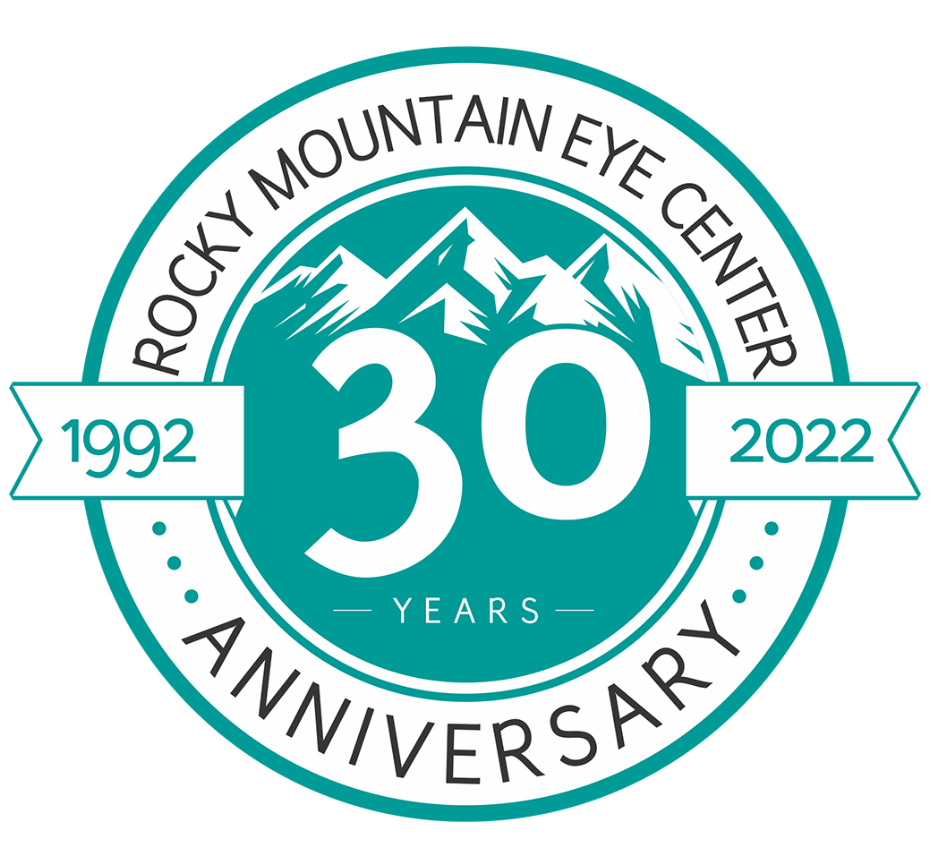
Is Cataract Surgery the Only Cataract Treatment Available?
Posted by: Rocky Mountain Eye Center in News on June 22, 2023

If you have been diagnosed with cataracts, your eye doctor has likely recommended cataract surgery to preserve the clarity of your vision. While there are treatments that can temporarily manage the symptoms of cataracts, surgery is the only effective, permanent way to prevent vision loss caused by cataracts.
Keep reading to learn why cataract surgery is the most effective treatment for cataracts!
What are Cataracts?
Cataracts are caused by the breakdown of proteins and fibers within the eye. These proteins then clump together and cloud the eye’s clear natural lens.
The most common signs that you may be developing a cataract include:

- Vision changes like cloudy, hazy, or blurred vision
- Difficulty reading small or fine print, including reading a newspaper or magazine
- Difficulty seeing in low-light environments, like a candle-lit restaurant
- Increased sensitivity to glare or bright lights
- Frequent changes to your prescription for glasses or contacts
- Seeing halos around sources of light, particularly at night
- Pupils that appear yellow, milky white, or cloudy
Cataracts usually develop slowly and can take years to affect the clarity of your vision. You might not even be aware that you are developing cataracts until you notice impaired vision symptoms.
Non-Surgical Treatment of Cataracts
In the early stages of cataracts, when vision is only mildly affected, non-surgical options are available to manage the symptoms of cataracts. While these treatments may alleviate symptoms temporarily, they will not eliminate cataracts.
Some of the non-surgical treatments for cataracts include:
Prescription Glasses or Contact Lenses

If your ability to see near or far has been affected by developing cataracts, your eye doctor may prescribe glasses or contact lenses to improve your vision. They may strengthen your prescription if you already use glasses or contact lenses.
Magnifying Lenses
If cataracts affect your ability to read small print, your eye doctor may suggest using corrective glasses with a magnifying lens. A magnifying lens will help you see more clearly when you read a newspaper or perform tasks requiring precise hand-eye coordination.
Brighter Lighting

If you find it increasingly difficult to see in low light, your eye doctor may recommend using brighter sources of light in areas of your home, such as the kitchen or family room.
Anti-Glare Sunglasses
You can reduce increased sensitivity to glare by always wearing sunglasses with an anti-glare coating, especially when you are out in bright sunlight or around bodies of water that might reflect light.
Medication Management

If you have other eye conditions that contribute to problems you may have with your vision, like dry eye or chronic inflammation, your eye doctor may prescribe medications to manage these conditions and alleviate some of the symptoms.
Regular Monitoring
If your cataracts are not significantly affecting your vision or the quality of your life, your eye doctor may take a wait-and-see approach to treatment. With this approach, they may recommend you come in for more frequent eye exams to monitor the progression of your cataracts.
These non-surgical treatments manage the symptoms of early cataracts. If your cataracts have developed to the stage where your symptoms have worsened, these treatments may not be enough to prevent serious visual impairment.
Cataract Surgery
Ultimately, the only permanently effective treatment for cataracts is cataract surgery. While non-surgical treatments can temporarily address vision issues caused by cataracts, only surgery can eliminate cataracts.
When left untreated, cataracts will progress to the stage where the lens of the eye is completely clouded over. When this happens, it leads to a total loss of vision.
Unlike other eye conditions which cause permanent blindness, you can reverse vision loss due to cataracts by having cataract surgery. During cataract surgery, you’ll have the cloudy natural lens of your eye removed.
IOLs
After removing the natural lens, your surgeon will replace it with a clear artificial lens implant called an intraocular lens (IOL). This artificial lens completely resolves the visual problems caused by cataracts.
There are different types of IOL to choose from when having cataract surgery. One choice is a standard monofocal lens that restores clear vision and can improve or correct your vision at a distance.

Another option to consider is a premium IOL. Premium IOLs restore clear vision and improve or correct your vision at two or more distances, depending on the lens you choose and your vision goals.
IOLs are highly durable and should last a lifetime without needing to be replaced. Once cataracts have been treated with a replacement IOL, clear vision is permanently restored.
Cataract surgery is one of the most commonly performed eye procedures in the United States. An estimated 4 million procedures are performed annually.
It is a safe, low-risk procedure with short recovery times and high success rates. If you don’t feel ready for surgery following a cataract diagnosis and are in the early stages of the eye condition, temporary treatments can manage the symptoms of cataracts.
While these treatments may work for a while, cataract surgery is the only truly effective, permanent treatment. When performed by an eye surgeon you trust, like the team at Rocky Mountain Eye Center, you can prevent cataracts from compromising the quality of your vision!
If you are experiencing the symptoms of cataracts, contact Rocky Mountain Eye Center in Pueblo, CO, today to schedule a comprehensive eye exam and cataract consultation! Isn’t it time to improve your vision and live a better life?



